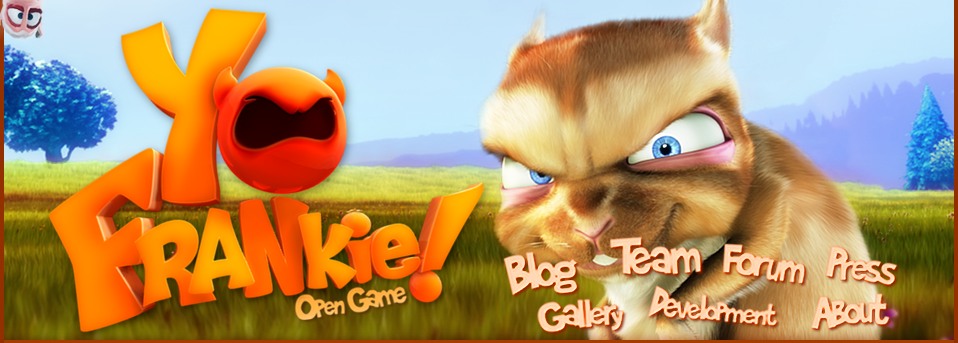Some people are curious how everything works, so I’d like to explain how we combining every piece together and putting life into it.
What is the biggest obstacle in the typical development process ? Well – let’s divide that process to 3 stages: planning, implementing, watching results.
1) Planning: It’s a very cool stage, you can sit in comfortable place, take a favuorite drink, piece of paper and now you thinking and inventing, nothing is wrong here, you need a good plan.
2) Implementing: So before you start Implementing your brilliant alghorithm you spent a lot of time already, but can you do the same with implementing ? Well, better not too much. It is also nice stage, many people enjoying programming for example, but if implementing stage is harder than planning – then something is wrong. Tool serves for human not human for tool.
3) Watching results: Worst case is when you need to wait too long between implementing and seeing results. It’s a waste of time, really nothing interesting happens there, so perfect time for this stage is 0. Now we have much modern tools but in the 70’s you waited for a result a couple of days waiting in a queue and converting program to punched cards. Later in the 80’s you need to write program, compile, link then see result so it takes a couple of minutes. In the 90’s during game development people need to export 3d model, put into right directory, write in code loading and displaying, initializing etc, then compile, so still a couple of minutes. But today we have 00’s (?) 🙂 So in our tool this time is Zero. We can see results imediatelly.
When you see on screenshot:
Left-top corner: working game using external engine, you can play there.
Right-top corner: blenders 3d window, you can add, delete, translate and edit objects,just blender.
Left-bottom corner: visual scripting using logic bricks.
Right-bottom corner: python console so you can program in realtime and everything changes in the same time in the game.



